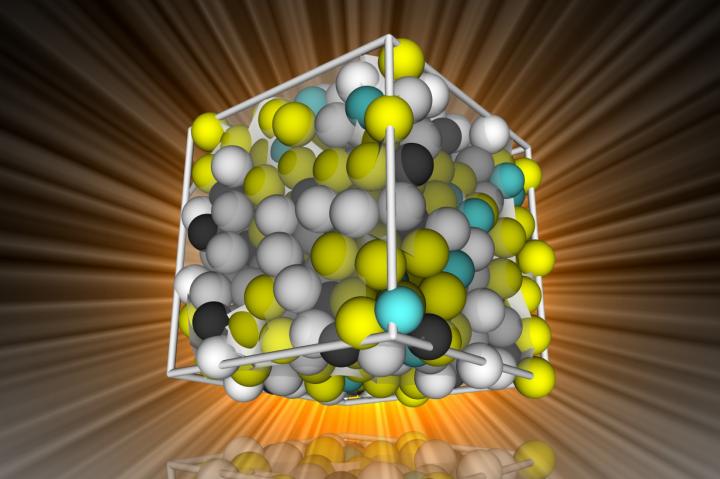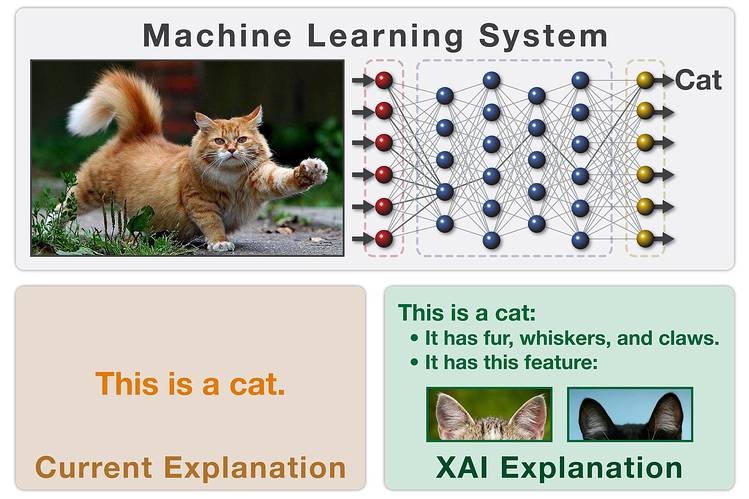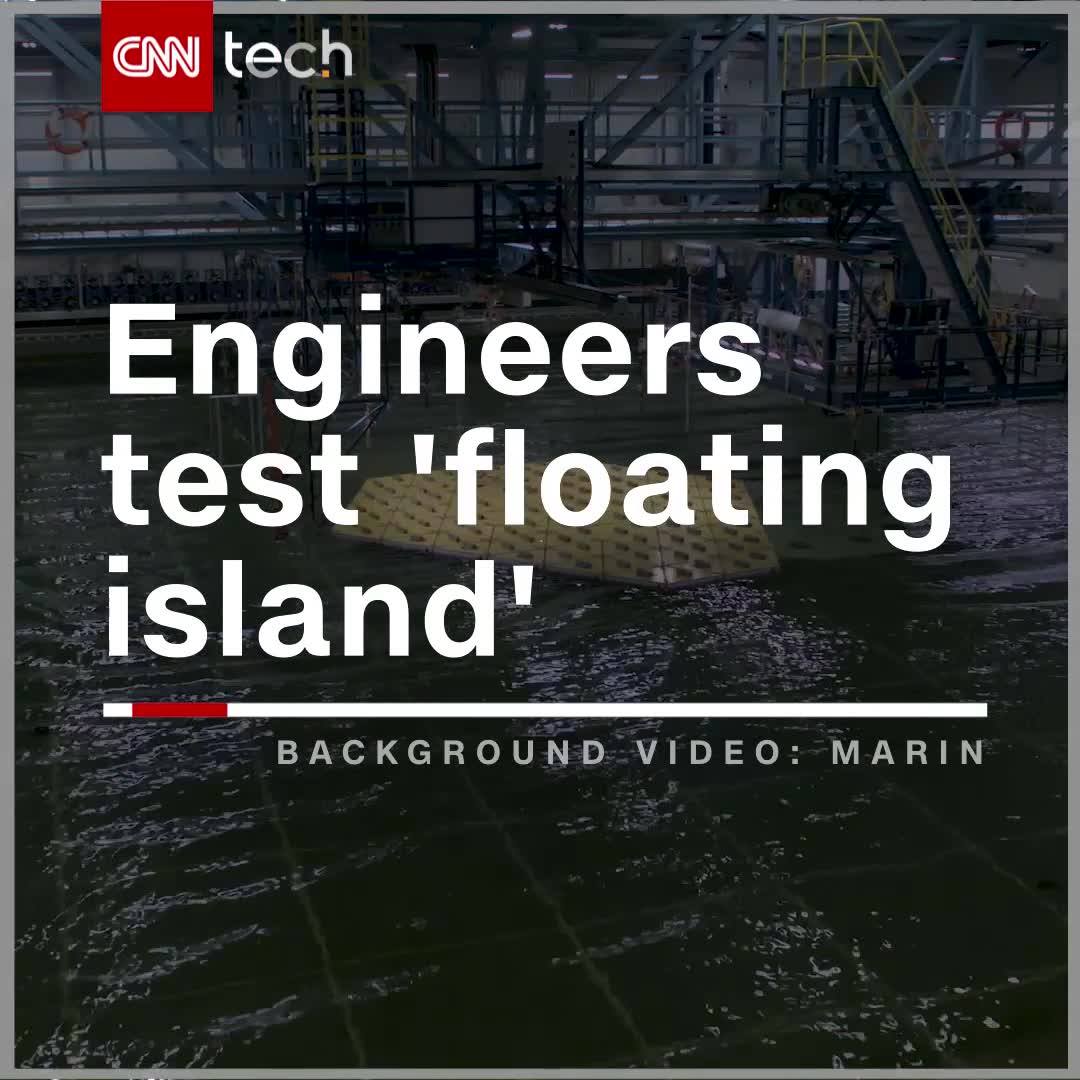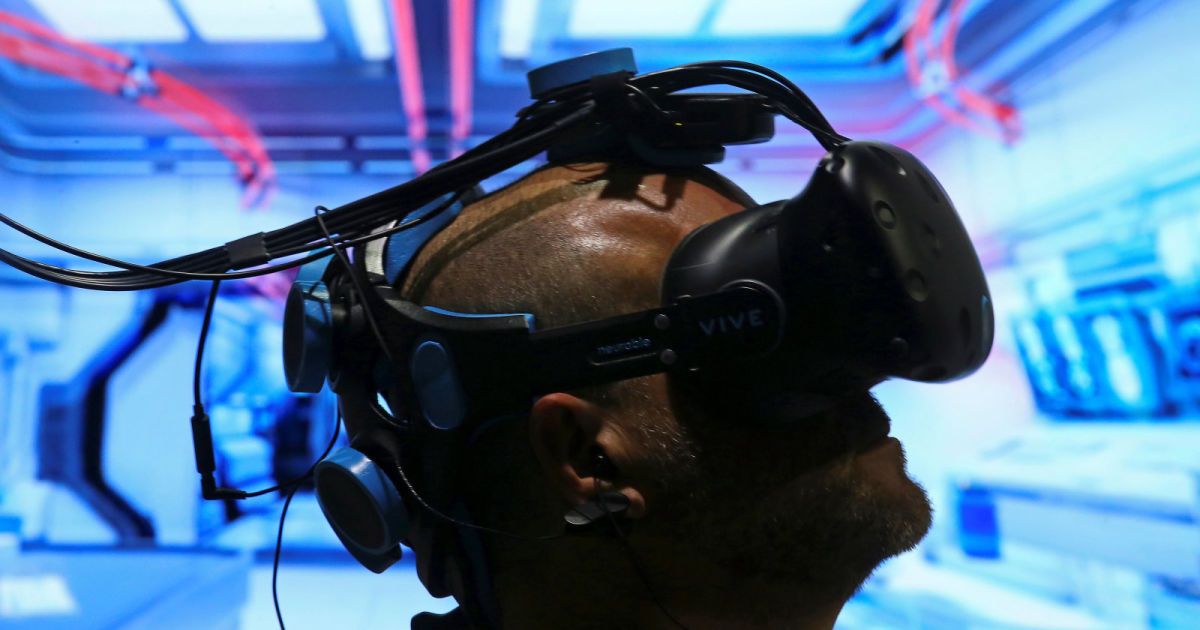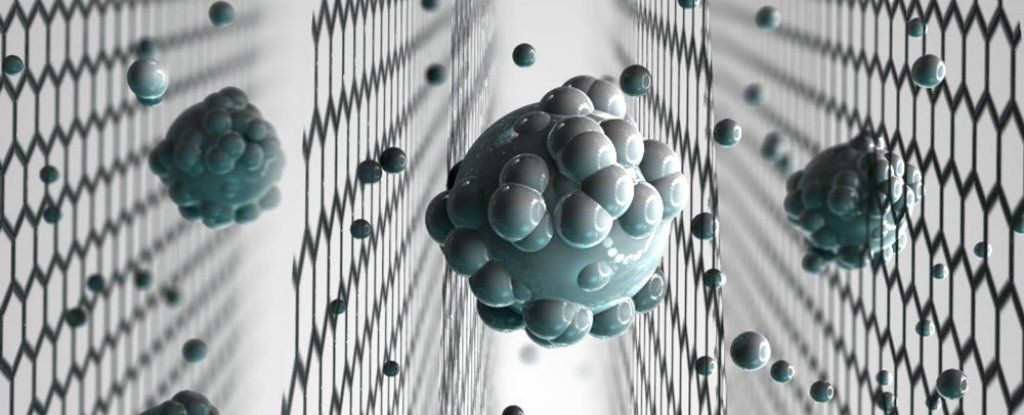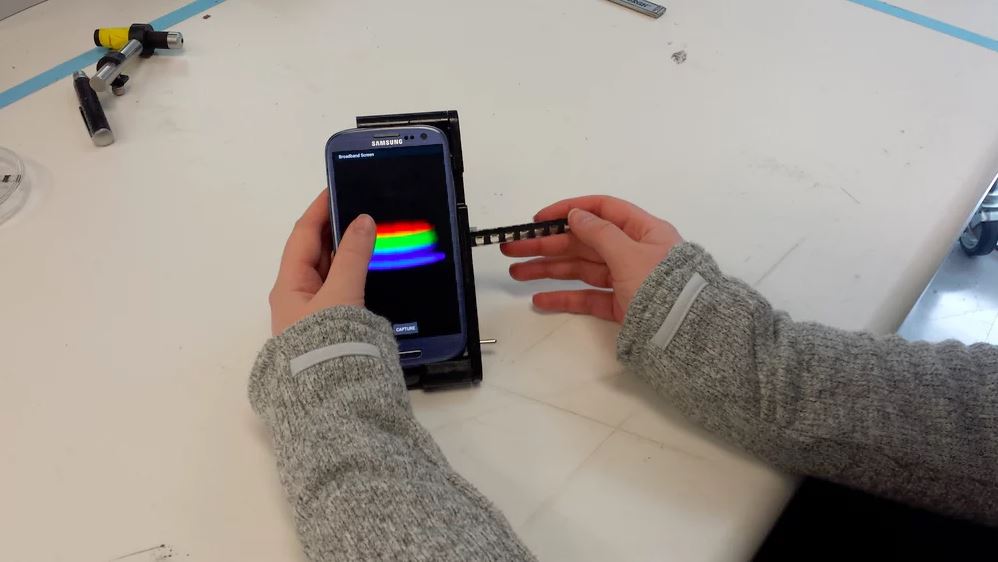Aug 16, 2017
Business Book of the Year 2017 — the longlist
Posted by Derick Lee in categories: business, drones, economics, mobile phones
Death, taxis and technology: titles in the running for this year’s Financial Times and McKinsey Business Book of the Year give a new twist to the old maxim about certainty.
The 17 books on the 2017 longlist include analyses of the implications of world-changing innovations, from the iPhone to drones; a lively account of the rise of Uber; and a sobering history of the role war, plague and catastrophe have played in shaping our economies.
Titles about the relentless march of technology dominate the FT/McKinsey annual prize.



